
Caffeine is everywhere. Courtesy of Flickr Commons.
As caffeine is consumed by 80% of the world’s population on a daily basis, and 90% by the North American population, it would be a great idea for individuals to be more informed on the benefits and harms that caffeine could impose.
What is caffeine and how does it work?
Caffeine is a molecule that is very similar in shape to another molecule in our body called adenosine, which induces sleep. This similarity in structure allows caffeine to dock into adenosine’s receptors which is why we feel more awake.
Although caffeine is a stimulant, have you ever had days when you felt like you were getting used to the dose that you were consuming? It’s actually true! After a while, your body adapts and starts to produce more adenosine receptors so that adenosine molecules will have a place to dock. However, if you reduce the amount of caffeine intake, or quit caffeine, the additional receptors will go away and your body will be back to normal.
However, caffeine intake must be at an optimal level to achieve maximum efficiency. A study has shown that this optimal level ranges from 200 mg to 300 mg. Staying at this range leads to anxiety reduction, as well as reduced risks of Alzheimer’s disease, Parkinson’s disease, and some types of cancer!
But how much is too much? Daily consumption up to 400 mg is known to not present a health risk, so it would be a great idea to remain below this limit. If not, side effects can occur and this can lead to an increase in anxiety, nervousness, and jitteriness.
As beneficial as caffeine can be, caffeine dependence can be deadly and lead to caffeine intoxication, directing to more serious concerns such as premature death. So it is highly recommended to stay within the optimal range of consumption.
Explanation of how caffeine works. Courtesy of Youtube.
With these stated facts in mind, do you consume caffeine every day?

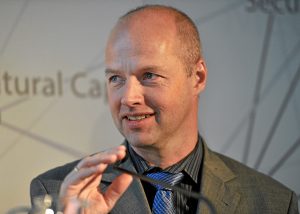 Sebastian Thrun
Sebastian Thrun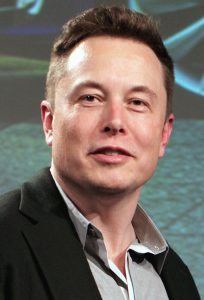 Elon Musk
Elon Musk
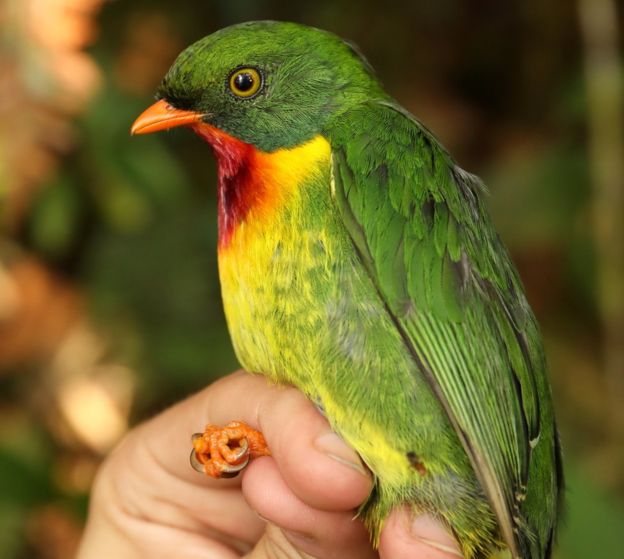
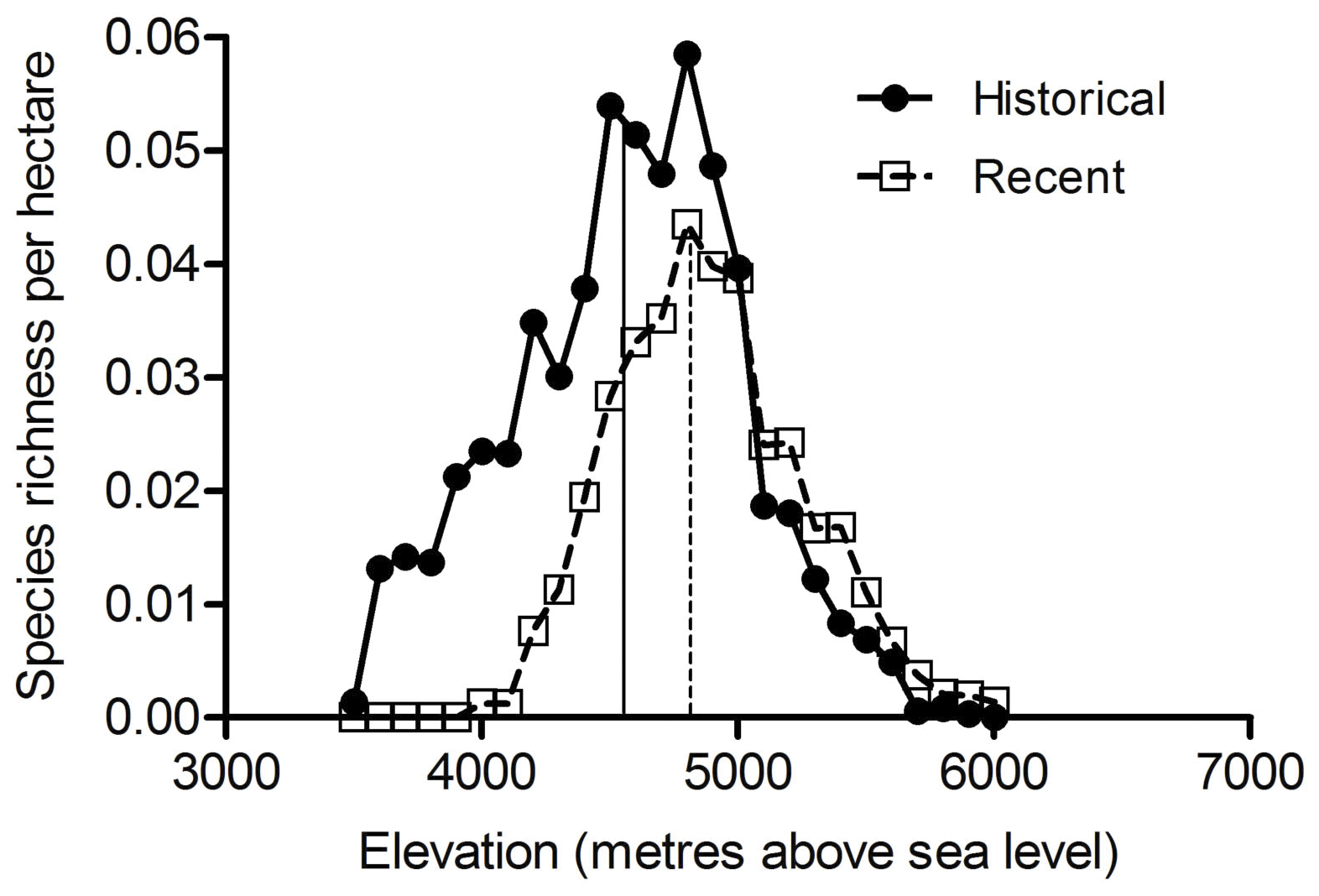

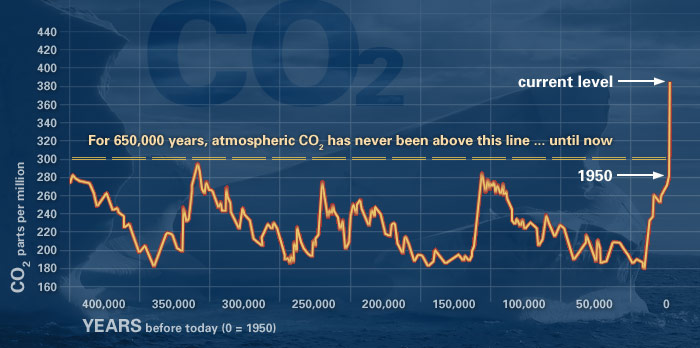
:max_bytes(150000):strip_icc()/89134143-56a2acbd3df78cf77278b1c3.jpg)
